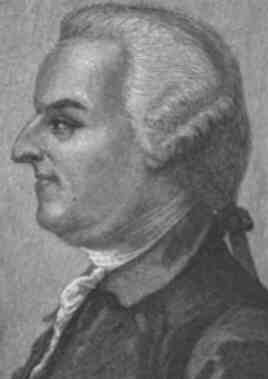2002 Jamal Nadr, 28, head of an al-Aqsa Martyrs Brigades
cell, killed by Israeli Border Police in Tul Karm, West Bank.
2002
Bassam al-Ashkar, 25, and Fanal Shilani, respectively of Hamas
and of Tanzim, unarmed, in a car, shot multiple times by Israeli secret
police disguised as Palestinians, on a street in Ramallah, West Bank. The
Palestine Monitor reports its Palestinian body count of the al-Aqsa
intifada as being 2104, including 185 targeted assassinations such as this,
and 76 of the 185 having been bystanders or killed by mistake.
2002
Mahadi Obayad, 19, unarmed Palestinian Ramallah traffic policeman,
shot by Israeli soldiers firing at a nearby crowd of Palestinians who was
throwing stones in protest for the assassination of al-Ashkar and Shilani.
2002 Hamsa abu Roub, 35, in Qabatiyah, West Bank, local
head of Islamic Jihad, in the early hours. Israeli troops had surrounded
his home telling those inside to surrender and that they would not be harmed.
All came out, Abu Roub last and firing at the Israelis (according to them).
They threw grenades into the house, wounding him, then rushed in and shot
him dead just inside the main entrance. Later in the morning, Israeli troops
destroy the family home.
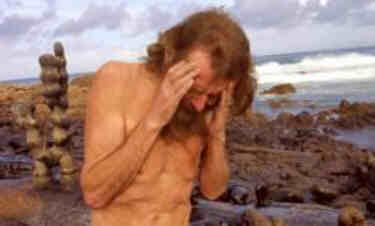 2002
Manfred “Man” Gnadinger, 66, of a broken heart or melancholy,
after the oceanside artwork he had created since he came there from Germany
in 1961, was covered by thick black petroleum spilled from the Prestige,
in Camelle, Galicia, Spain. He had used stones, driftwood, animal skeletons,
and whatever washed up, some of which he painted, to create a sculpture
garden that became a popular tourist attraction. On 28 December he would
be found dead “since several days”, in the hut where he lived
as a hermit, clothed only in a loincloth. [photo >] The
tanker Prestige sank off northwest Spain on 19 November 2002, leaking
about 20'000 tons of its fuel-oil cargo before sinking and it has been leaking
more than 100 tons a of oil a day since then, tarring the Galician shore. 2002
Manfred “Man” Gnadinger, 66, of a broken heart or melancholy,
after the oceanside artwork he had created since he came there from Germany
in 1961, was covered by thick black petroleum spilled from the Prestige,
in Camelle, Galicia, Spain. He had used stones, driftwood, animal skeletons,
and whatever washed up, some of which he painted, to create a sculpture
garden that became a popular tourist attraction. On 28 December he would
be found dead “since several days”, in the hut where he lived
as a hermit, clothed only in a loincloth. [photo >] The
tanker Prestige sank off northwest Spain on 19 November 2002, leaking
about 20'000 tons of its fuel-oil cargo before sinking and it has been leaking
more than 100 tons a of oil a day since then, tarring the Galician shore.
2002 Female elephant, hit by train, in the early morning,
at the Pandarphunka railway bridge in Bhubaneswar, Orissa state, India.
She was one of seven elephants returning to the Chandaka Wildlife sanctuary
after an evening crop raid in Kalarahang village.
2000 Janice
Hagerty, 46, office manager; Cheryl Troy, vice president of human resources;
Louis Javelle; Craig Wood, 29; Jennifer Bragg Capobianco, 29; Paul Marceau,
36; Rose Manfredi, 48, employees of Edgewater Technology murdered by fellow
employee Michael McDermott, 42, "gone postal" with an
AK-47-style assault rifle, a 12-gauge shotgun, and a semiautomatic handgun,
in Wakefield, Massachusetts, at about 11:00. At his April 2002 trial, McDermott
would claim that he thought he was killing Hitler and his staff. The prosecutor
would argue that McDermott is faking insanity. On 24 April 2002, the jury
would convict McDermott on seven counts of first-degree murder, which means
a mandatory maximum sentence under Massachusetts law: life in prison without
the possibility of parole.
2000 Andre Beukes, 27,
policeman, as his speedboat goes over 50-meter- high Loskop Dam in South
Africa. His wife and baby were waiting for him on the shore.
1998
Luan Phi Dawson, from being hit by a piece of flying metal while
waiting to board a ride at Disneyland in Anaheim, California, on 24 December
1998. His wife and a Disneyland employee were also injured.
1997 Cahit
Arf, mathematician.
 1996
JonBenét Patricia Ramsey, 6 1996
JonBenét Patricia Ramsey, 6
Born
on 06 August 1990, in Atlanta, Ga., she was the daughter of John B.
Ramsey, 53, and Patricia Paugh Ramsey, 39. She moved to Boulder in
1991 from Atlanta. She attended High Peaks Elementary School and was
a member of St. John'sEpiscopal Church of Boulder.
Before
06:00, Patsy Ramsey calls 911 saying that her daughter JonBenét
has been kidnapped. She had found a ransom
note demanding $118'000 -- a three-page letter that the Colorado
Bureau of Investigation later said she might have written herself.
After studying handwriting samples, the CBI concluded that the little
girl's father, John Ramsey, did not write the note but said "there
are indications that the author" is Patsy, "although there is not
enough evidence to conclude that definitively. “
Asked by the police to search the house, an 13:00 John Ramsey "finds"
the body of his daughter in the basement wine cellar of the family's15-room,
599-square-meter home. Boulder home. According to the police report,
JonBenét was covered with a blanket, her wrists were tied above
her head, her mouth was covered with tape, and a nylon cord was wrapped
around her neck. The autopsy
report revealed she might have been sexually abused, that she
suffered a blow to her head that left a 22 cm fracture, and that she
died from strangulation..
JonBenet
had become a seasoned model and pageant contestant in her 6 years.
She held several titles, including the 1995 Little Miss Colorado.
She, like her mother -- the 1977 Miss West Virginia -- appeared to
be made for the stage.
25 Dec — JonBenet receives a new bike for Christmas. That afternoon,
the Ramseys go to the home of family friend Fleet White for dinner,
leaving at about 21:00. They drop off gifts at the homes of other
friends on their way home. A sleeping JonBenet is put to bed around
10 p.m.
26 Dec — 05:30. — Patsy Ramsey , 39, gets up early and goes downstairs
to make a pot of coffee. A three-page ransom note found on the stairs
demands $118'000 for the safe return of JonBenet. Patsy Ramsey says
she ran to her daughter's second-floor bedroom, but the little girl
wasn't there. 05:52 — Patsy and her husband, prominent businessman
John Ramsey , 53, call police to report their daughter has been kidnapped.
05:59 — Boulder police arrive, search the house and take preliminary
reports from the Ramseys . 08:10 a.m. — Boulder Police detective Linda
Arndt arrives at the house. 13:05 — Acting on what he says was a suggestion
from police, John Ramsey searches his home at 755 15th St. and finds
his daughter in a windowless, basement room. Her mouth is sealed with
duct tape and a cord is wrapped around her neck and one wrist.
27 Dec — After an autopsy, the Boulder County Coroner's Office says
JonBenet died of asphyxia caused by strangulation.
1997
07 Jan 1997 — Police find a practice ransom note in the Ramsey home.
21 Jan — Sources indicate that the $118,000 demanded in the ransom
note was the amount of John Ramsey 's 1996 bonus as head of Access
Graphics.
14 Jul — Portions of JonBenet's autopsy report are unsealed and the
details portray a brutal death by strangulation: deep ligature around
her neck and right wrist, blood and abrasions in her vaginal area
(although no indication that this was caused by prior sexual abuse),
and an 81/2-inch cranial fracture.
13 Aug — The full autopsy report is released, excluding only the estimated
time of death.
08 Sep — Boulder District Attorney Alex Hunter releases copies of
the ransom note.
1998
11 Jan 1998 — It is announced that the DNA found on JonBenet's body,
reportedly from the under her nails, does not match that of any family
member.
25 December: JonBenét is sent to bed at about 20:30. The family had
plans to fly to Michigan early the next morning. Sometime before dawn,
JonBenét is killed; her skull is fractured, she is strangled with
a cord, duct tape is put over her mouth, and her body is dragged downstairs
to a small room in the basement. She is wrapped in a blanket, with
her feet taped together and her head uncovered and her arms above
her head.
26 December: Patsy Ramsey calls the police at 05:22, ahouting "send
help!" and saying that her daughter is missing and that a 2½-page
ransom note demanding $118'000 had been left by the kidnapper on the
steps of the back stairs leading to the kitchen. The note begins:
"Dear Mr. Ramsey, We have your daughter... “ and includes the
words "behead" and "attaché. “ It was printed in block letters
and has neat margins. It also makes reference to a Navy air base in
the Philippines where John Ramsey had served. Four misspellings in
the note appear to be intentional. Patsy Ramsey screams for John and
they check Burke's room, but JonBenét is not in there. Patsy begins
to phone friends. Police arrive at 5:35 a.m. and perform a cursory
search of the premises. They contact the FBI and begin make plans
to deal with the kidnapper. A detective did not arrive until two hours
later. Friends began gathering at the home. At 07:30, John Ramsey
obtains the cash for the $118'000 ransom. FBI agents arrive at 10:30
and set up a wiretap and recording equipment. At abou 13:00, police
suggest that John Ramsey search the house to look for clues. At 13:30,
John Ramsey and his friend Fleet White discover JonBenét's body in
the basement. The door to the room was stuck, which is why the police
said they had not checked it earlier. There is no window in the room.
Another window in the basement was found open with a chair underneath.
John Ramsey removes the tape from her mouth and carries her upstairs,
where he layed her on the floor by the Christmas tree. Guests began
trying to revive her. The Boulder County coronor's staff removed the
body from the house 22:45.
27 December: The Boulder County coroner reported that an autopsy revealed
that the cause of death was asphyxia due to strangulation, and her
death was ruled a homicide.
03 January: It is reported that there was forced entry into the Ramsey's
home and that as many as 15 people had keys to the house.
04 January: It was reported that the note had been written on a legal
pad found inside the house and also contained a warning that the Ramseys
prepare for a rigorous ordeal. It was also reported that the Ramsey's
security system was not operating at the time of the murder.
06 January: The Colorado Daily reports that the police had searched
the windowless room earlier than John Ramsey and that the body was
not there at that time.
09 January: It is reported that a cord tied around JonBenét's right
wrist matched the cord around her neck. The Rocky Mountain News reported
that police did not search the room where the body was found the morning
of the 26th.
21 January: Police state that the $118'000 demanded in the ransom
note is the amount received recently as a bonus by John Ramsey.
-- Ramsey
case links --
Theory that her brother Burke, 9, killed her accidentally, but
does not realize it, and the parents are covering up for him (plus
belong to an influential ritual child abuse ring)..
In Boulder, Colorado, JonBenet
Ramsey, 6, is found murdered in the basement of her home, several
hours after her parents called the police to say she had been kidnapped.
Over 1500 children were murdered in the United States in 1996, but
none of these murders attracted more media attention or fascinated
the American public as much as the case of JonBenet Ramsey.
During her brief life, JonBenet was
a frequent contestant in child beauty pageants, and was named National
Tiny Miss Beauty and Little Miss Colorado, among other titles. Professional
beauty photos of Ramsey released to the press after her death gave
this particular child murder case a human face, and the public followed
the criminal investigations intently.
On the morning after Christmas, JonBenet's mother, Patsy Ramsey, calls
the police and explains that she has discovered a three-page ransom
letter for her daughter, who can not be found. Shortly thereafter,
according to police reports, JonBenet's father, John Ramsey, found
his daughter murdered in the basement wine cellar of their home. Her
body was covered with a blanket, her wrists were tied above her head,
her mouth was covered with tape, and a nylon cord was wrapped around
her neck. The autopsy report revealed she might have been sexually
abused and that she suffered a blow to her head that left an eight-and-a-half-inch
fracture.
After several months
of investigation, with no charges or outside suspects found in the
case, the police initiated an investigation of members of the Ramsey
family. After studying handwriting samples, a police expert concluded
that the hand-written ransom note matched the handwriting of Patsy
Ramsey, although the police doubted that the charge could be proved
in a court of law. One year after the crime, the Ramseys publicly
denied any responsibility in their daughter's murder, although Boulder
County District Attorney Alex Hunter identified the Ramseys as "the
obvious focus of the investigation. “ After nearly two years
without an arrest, Commander Mark Beckner, the new lead investigator
in the crime, stated that JonBenet's family "remain under an umbrella
of suspicion," and that police were still searching for conclusive
evidence. |
|
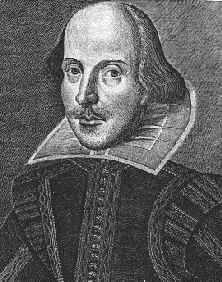
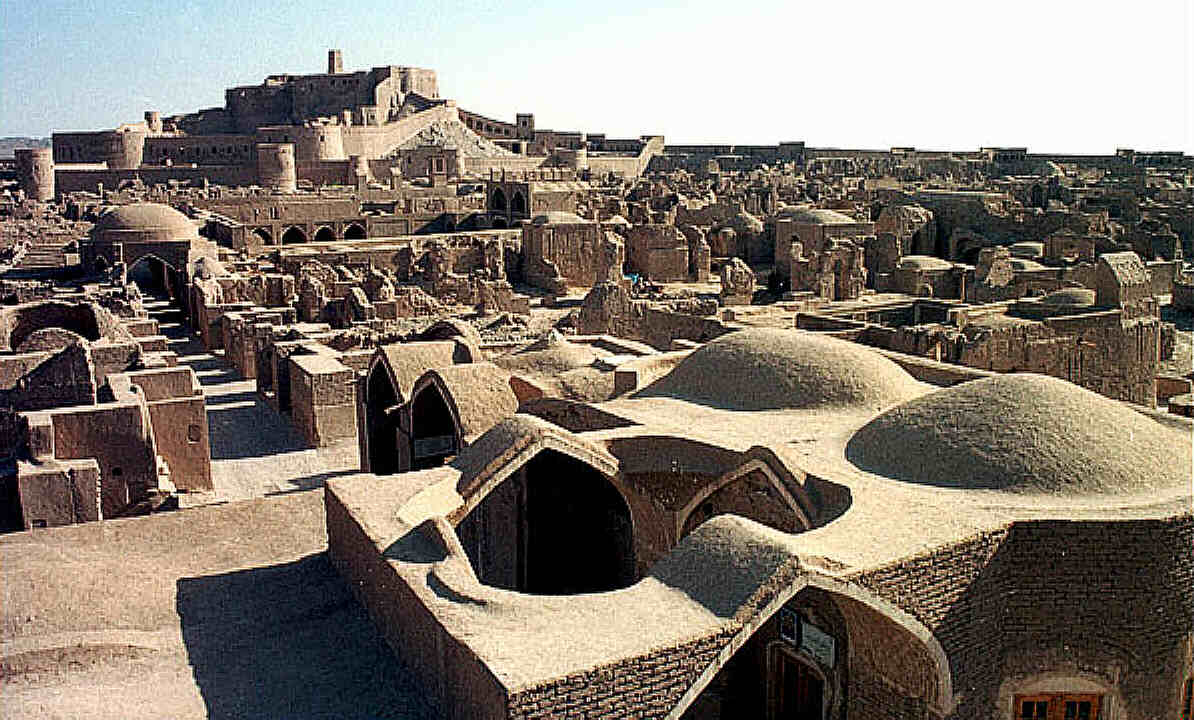
 2002
Manfred “Man” Gnadinger, 66, of a broken heart or melancholy,
after the oceanside artwork he had created since he came there from Germany
in 1961, was covered by thick black petroleum spilled from the Prestige,
in Camelle, Galicia, Spain. He had used stones, driftwood, animal skeletons,
and whatever washed up, some of which he painted, to create a sculpture
garden that became a popular tourist attraction. On 28 December he would
be found dead “since several days”, in the hut where he lived
as a hermit, clothed only in a loincloth. [photo >] The
tanker Prestige sank off northwest Spain on 19 November 2002, leaking
about 20'000 tons of its fuel-oil cargo before sinking and it has been leaking
more than 100 tons a of oil a day since then, tarring the Galician shore.
2002
Manfred “Man” Gnadinger, 66, of a broken heart or melancholy,
after the oceanside artwork he had created since he came there from Germany
in 1961, was covered by thick black petroleum spilled from the Prestige,
in Camelle, Galicia, Spain. He had used stones, driftwood, animal skeletons,
and whatever washed up, some of which he painted, to create a sculpture
garden that became a popular tourist attraction. On 28 December he would
be found dead “since several days”, in the hut where he lived
as a hermit, clothed only in a loincloth. [photo >] The
tanker Prestige sank off northwest Spain on 19 November 2002, leaking
about 20'000 tons of its fuel-oil cargo before sinking and it has been leaking
more than 100 tons a of oil a day since then, tarring the Galician shore.
 1996
JonBenét Patricia Ramsey, 6
1996
JonBenét Patricia Ramsey, 6 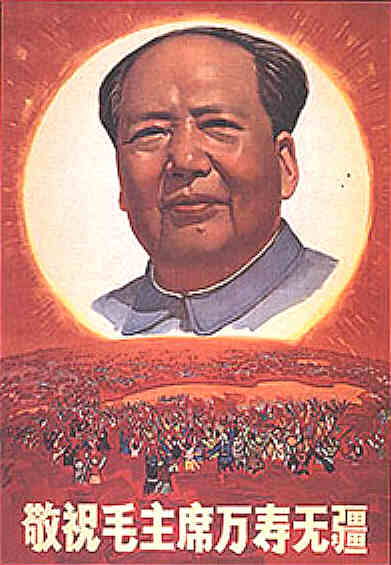 1923
Richard Artschwager, US Pop artist—
1923
Richard Artschwager, US Pop artist— 